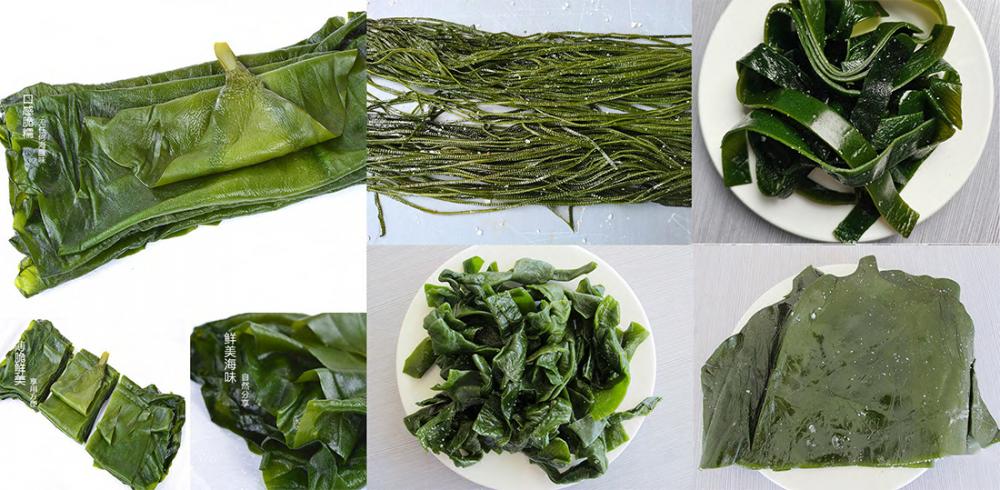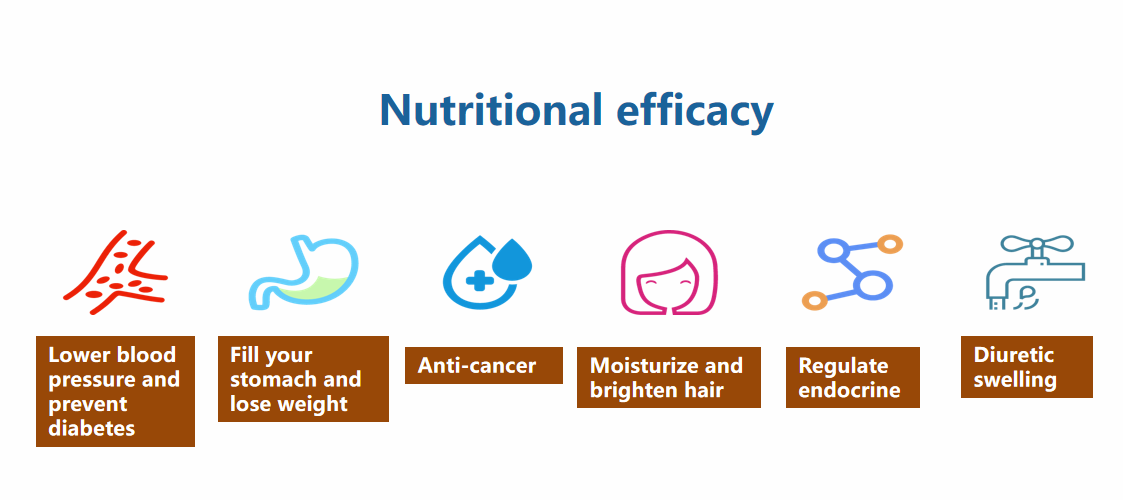In aquaculture, feed costs account for more than 60% of the cost of aquaculture. Reducing feed costs is the key to increasing the benefits of fish farming. The application of photosynthetic bacteria to produce crop straw (such as wheat straw, straw, corn stalks, peanut shells, etc.) as a biological feed for fish not only significantly raises the aquaculture effect, but also significantly reduces feed costs. Photosynthetic bacteria can produce a variety of growth factors, promoting immune factors, coenzyme Q, etc., to promote the growth and development of larvae, have the following effects in aquaculture: (1) significantly reduce the content of toxic and harmful substances in water, eliminate dead fish phenomenon; (2) Increase the oxygen content of the water body and reduce or eliminate the floating head phenomenon of the fish; (3) Reduce the time for opening the aerator, reduce the water change, save energy, save labor, and significantly reduce the production cost; (4) Improve the young fish fry significantly The survival rate of shrimp; (5) Elimination of skin diseases caused by bacteria in fish and shrimp, so that the appearance of fish and shrimp robust; (6) significantly increase the food intake of fish, rapid weight gain, and then increase production. The use of crop stalks for the production of fish bio-feeds has higher nutrient content than corn and has comprehensive nutrition, and due to its large size and small specific gravity, the suspension time in water is as long as 1 hour, which is an ideal feed for fish and shrimp. The method of using photosynthetic bacteria to produce high-efficiency fish biological feed using crop straw is as follows: (1) Crush crop straw. (b) Put the straw powder into the fermentation tank and add straw powder with 80% water, 1% glucoamylase, 1% compound enzyme, 0.5% live yeast, 1% sodium chloride, and 0.5% lactic acid. Stir thoroughly. (3) Access to 3% photosynthetic bacteria, cultured at 15°C to 35°C for 2 days, the material layer is covered with white hyphae and a fragrance is generated to obtain a highly efficient fish biological feed, which can be made into pellets for drying and storage. Efficient fish biological feed contains rich amino acids and trace elements, rich in B group micro-organisms, folic acid, coenzyme Q and other anti-virus substances, biological active substances and various immune growth factor, fish and shrimp can increase resistance after eating Ability to promote disease. Its nutrient composition was tested and showed that it contained 12.31% of crude protein, 4.20% of crude fat, and 19.24% of crude fiber. The contents of three main amino acids were: lysine 0.68%, methionine 0.16%, and cystine 0.19%. Feeding fish and shrimp with high-efficiency fish biofeed has the advantages of high survival rate, less disease, less water change, high yield, and low cost. The specific effects are as follows: The hatching rate of fertilized eggs of fish and shrimp can be increased by about 20%; The prevention of fish and shrimp diseases can increase the survival rate by 20% to 40%; the appearance of fish and shrimp is robust, the meat is particularly good, and the yield can be increased by 20% to 30. %; can reduce the time for opening the aerator by two thirds and reduce the production cost; turning crop straw into waste, the feed cost can be reduced by about 60%.
Salted Wakame Stalks
The original ecological Wakame means that we pack the young Wakame with saturated salt water directly after washing without any preservatives.Original ecological products are the favourite of housewives.
How to eat:
- Soaking about 30 minutes to moderate salty
- Cook . make salad or add to hot pot after draining the wate

The difference between deep sea kelp and traditional ordinary kelp
Nutrational Effects

Salted Wakame Stalks,Salted Wakame,Natural Spirulina,Vegetables From The Sea
Shandong Haizhibao Ocean Science and Technology Co.,Ltd. , https://www.haizhibaoseafood.com